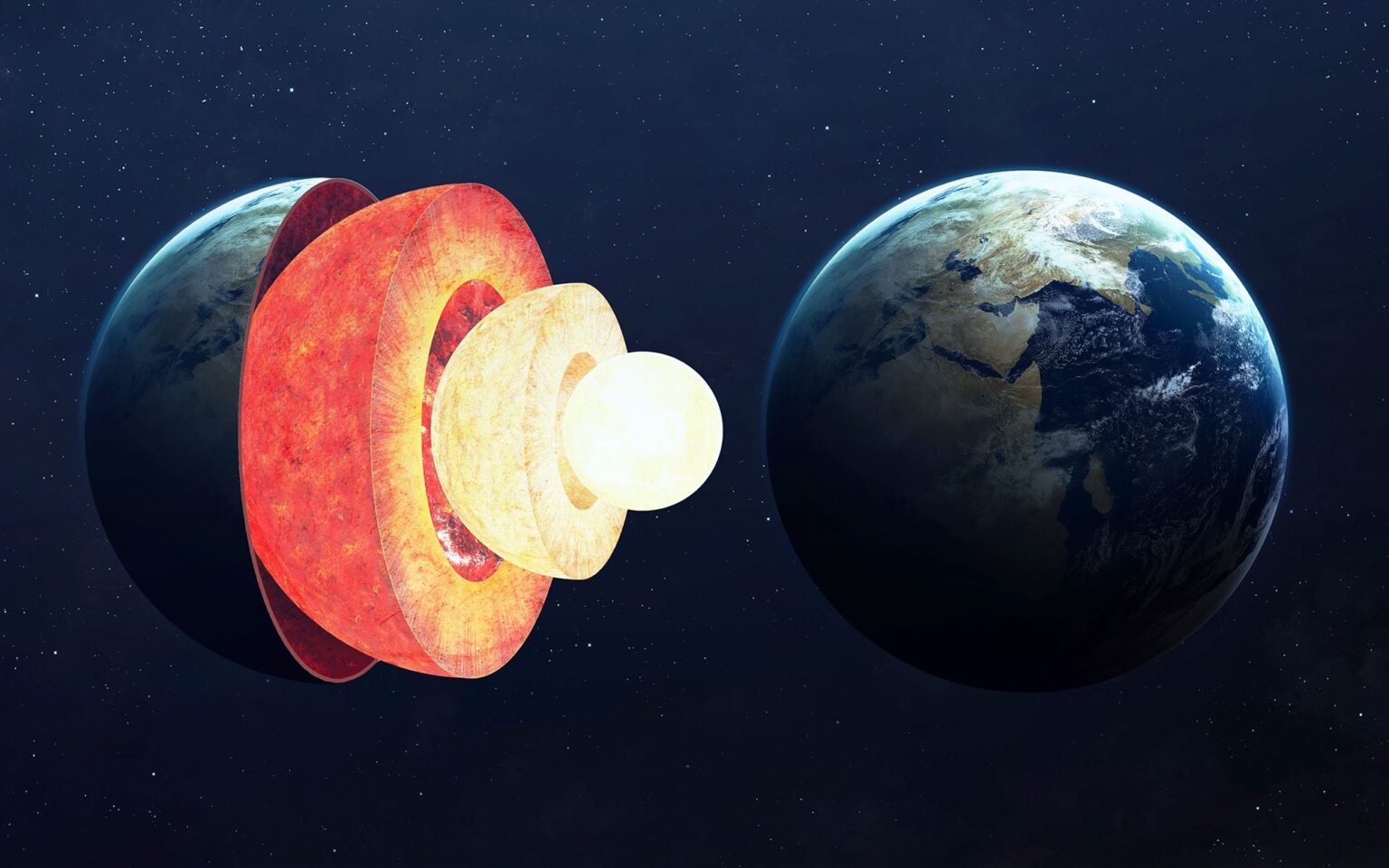Scientists have found that water as a result of the movement of lithospheric plates can seep into the depths of the Earth. It reaches the surface of the outer core and enters into chemical interaction with it. As a result, a film of less dense substance forms on its surface.

How deep does water seep underground
A group of scientists from around the world recently conducted a study of what the depths of our planet looked like. In particular, they were interested in what happened when water from the oceans located on the surface seeped to the core.
The fact that water from the oceans seeps under the Earth’s crust has been known for a long time. When lithospheric plates collide, one often begins to sink under the other, forming troughs. Together with the fragments of the crust, material from the seas also enters the mantle through them.
It was believed for a long time that this water remained only in the upper layer of the mantle, not seeping deeper. However, scientists have recently found that it can seep much deeper, up to the outer core, which is located at a depth of 4,500 km.
What happens to the water in the core
Actually, the study was devoted specifically to the topic of what happens in the core with rocks in the presence of water. After all, they had never known contact with it before. To find out what is happening there, scientists conducted experiments under high pressure, modelling the conditions that exist in the depths of our planet.
This reaction forms a hydrogen-rich layer depleted by silicon, changing the uppermost outer region of the core to a film-like structure. In addition, the reaction generates silica crystals that rise and integrate into the mantle. We already wrote earlier that somewhere in the same places the primary composition of the Earth, which was inherent in it before the giant collision that gave birth to the Moon, should be preserved.
It is assumed that this modified liquid metal layer is less dense, with reduced seismic velocities, in accordance with the anomalous characteristics applied by seismologists. This discovery is of great importance for understanding how strongly the processes in the depths of the Earth are connected with its surface.
According to phys.org
Follow us on Twitter to get the most interesting space news in time
https://twitter.com/ust_magazine
